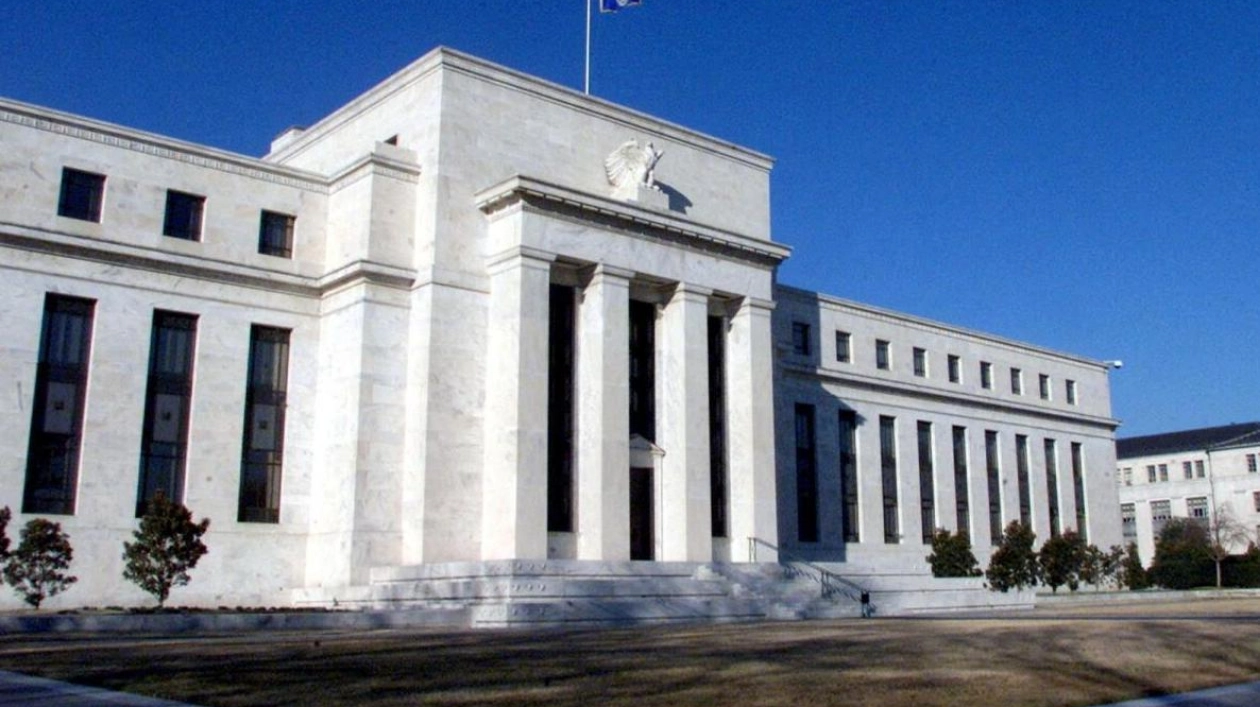Two additional Federal Reserve officials on Thursday leaned towards a reduction in interest rates next month, as robust economic indicators led financial markets to decrease their expectations of a significant cut in borrowing costs by the U.S. central bank. St. Louis Fed President Alberto Musalem and Atlanta Fed President Raphael Bostic had earlier been more cautious than most of their peers about reducing borrowing costs prematurely. Recent data "has strengthened my belief" that inflation is moving back towards the central bank's 2% target rate, Musalem stated during an event in Louisville, Kentucky. "It now seems the balance of risks regarding inflation and unemployment has altered ... the moment might be approaching when a modification to a moderately restrictive policy could be suitable." Musalem, however, quickly highlighted that the economy was still "performing very well" and cited positive factors, such as the growth in labor supply, as reasons for the recent increase in the unemployment rate to a post-pandemic high of 4.3%. Investors, who last week anticipated the Fed would need to reduce rates by half a percentage point at its September 17-18 meeting following weaker-than-expected labor market data, are now estimating a roughly 75% chance of a quarter-percentage-point cut next month. The diminishing demand for a substantial rate cut, which mirrors positive data on inflation, jobless claims, and retail sales, could enable Fed policymakers to adopt their favored gradual approach in adjusting ongoing policy restrictiveness amid a slowdown in inflation, rather than having to urgently respond to support the labor market. The U.S. Labor Department reported this week that the annual increase in the consumer price index decelerated in July to below 3% for the first time in nearly 3-1/2 years, while a slight increase in producer prices last month also suggested inflation was firmly on a downward trajectory. Meanwhile, weekly jobless claims dropped to a one-month low and retail sales soared in July, highlighting the ongoing strength in consumer spending. "The continued robustness of consumer spending should alleviate concerns about a recession ... the combination of gradually slowing economic growth and inflation supports a cautious pace of easing," said Michael Pearce, deputy chief U.S. economist at Oxford Economics.
The central bank started increasing its benchmark overnight lending rate in March 2022, raising it from near-zero to the current 5.25%-5.50% range. It has stayed at this level for the past year. In an interview published in the Financial Times on Thursday, Bostic also mentioned he is receptive to a rate cut at the September meeting, a shift from his earlier forecast for this year of a single quarter-percentage-point reduction in borrowing costs in the fourth quarter. "Now that inflation is within the target range, we must consider the other aspect of our mandate, and there, we've observed the unemployment rate significantly rise from its lows," he said. "But it does make me ponder about the appropriate timing, and so I'm open to something occurring in terms of us acting before the fourth quarter." Bostic, who spoke before the latest jobless claims data was released, further added he would contemplate reducing rates in half-percentage-point increments if the labor market deteriorates more rapidly than anticipated.






